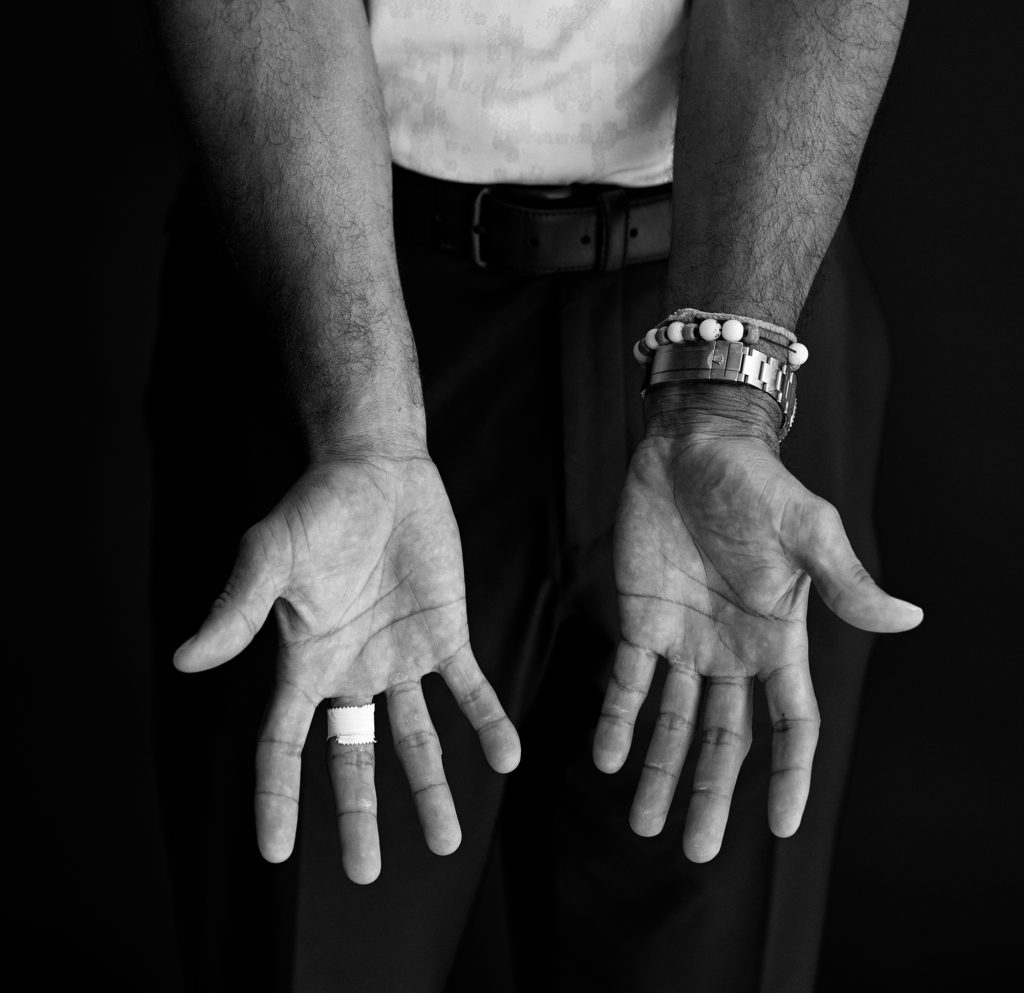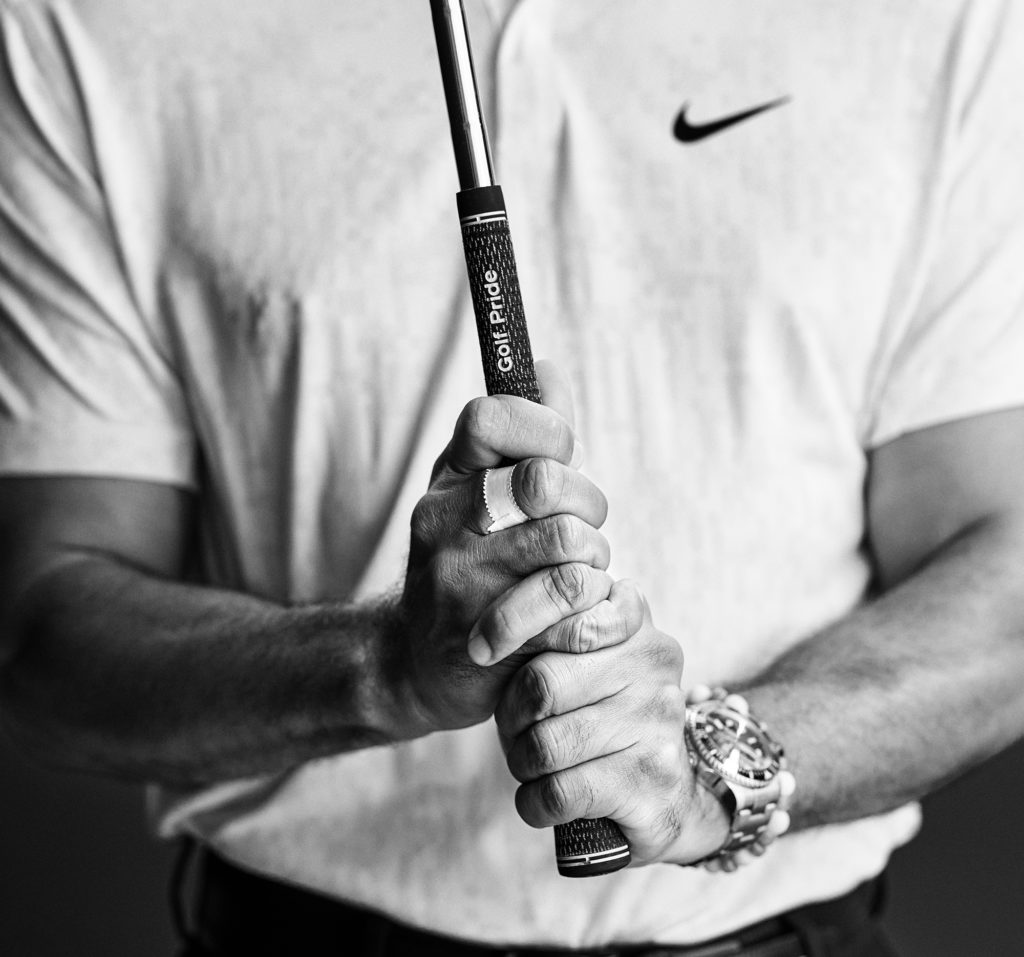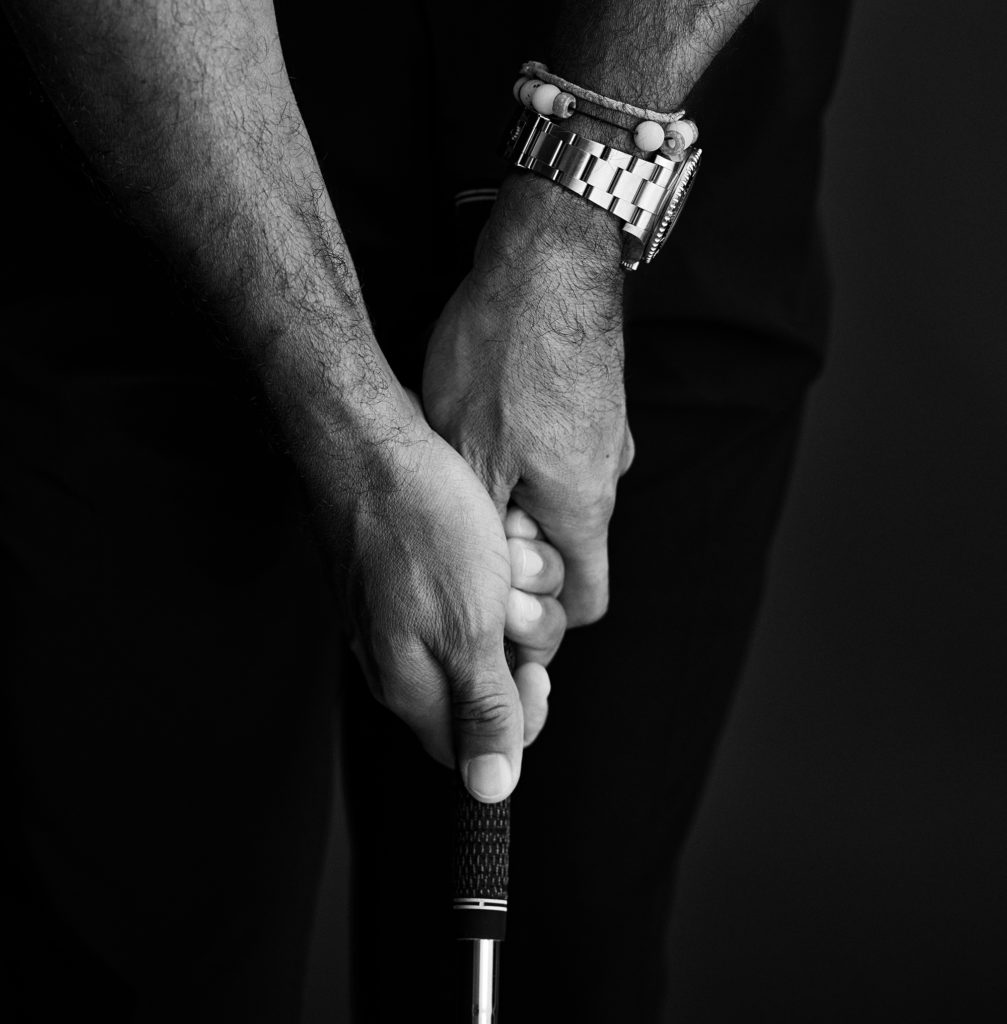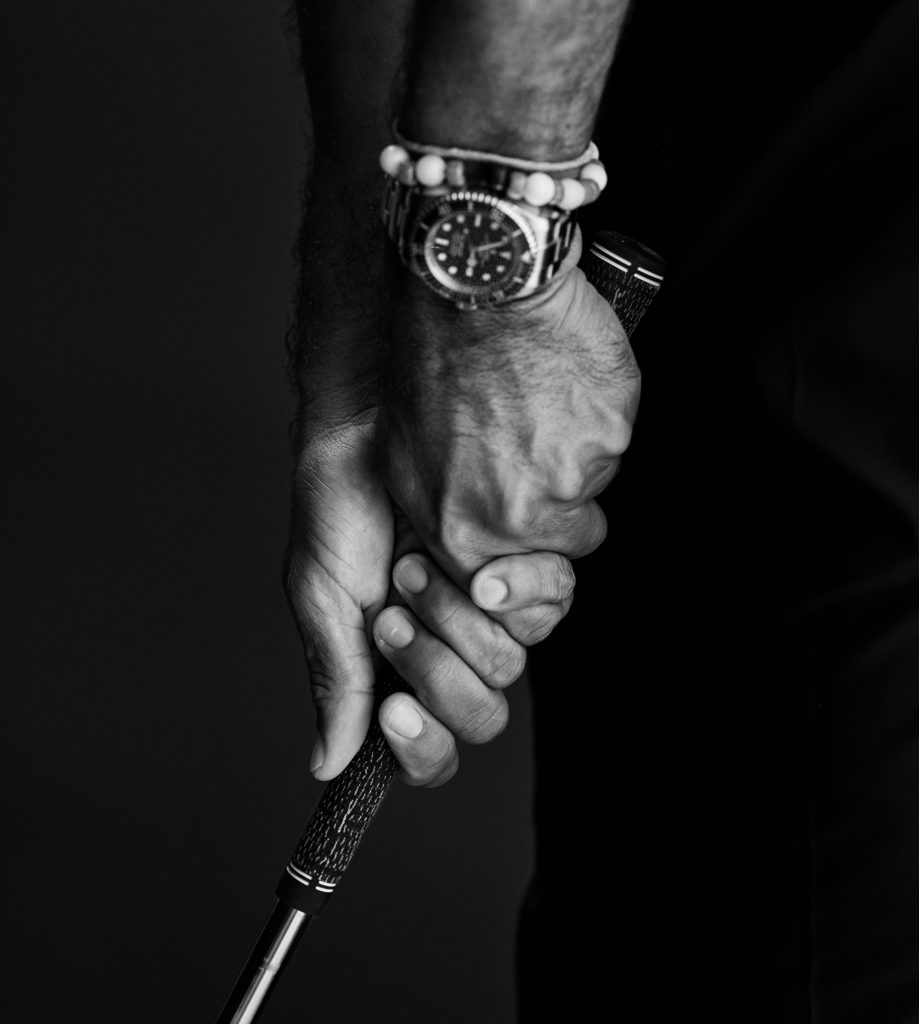Woods has always gripped the club with intensity, and he has the scars to prove it.
Winning the Masters by 12 shots in 1997 wasn’t validating enough. A still-impressionable Tiger Woods couldn’t shake the feeling that he gripped the golf club too damn tightly, and Ben Crenshaw wasn’t helping matters. This was Woods’ Champions Dinner, the year after his seismic victory, and the host was riveted as his guests compared grips on butter knives. Nicklaus showed his. Crenshaw’s demonstration was so tender that the utensil practically drooped out of his hands. He encouraged Woods to abandon his death clench. You need to let the club flow, to release it through impact. He wasn’t the first to convey that to Woods, and hearing it from an all-timer worsened a lingering case of Grip Insecurity.

That is, until another all-timer chimed in. Byron Nelson, age 86 and 53 years removed from his last Major championship, turned to Woods with a clear message: “You grip that thing as hard as you can,” he said. “I gripped it that way my whole career.” It was all the affirmation Woods needed – he finally had a friend in the tight-grip camp, and it was a man who won 11 tournaments in a row. Never again did he question his grip strength, which has remained the lone constant amid an ever-changing golf swing. That, combined with a maniacal practice routine in his younger years, has produced a set of hands – and one semi-deformed pinky – that bear the marks of a life in golf unlike any other.

▶ Crooked pinky
Woods switched to an interlocking grip at a young age when his bones were still malleable. Hitting countless balls morphed his right pinky inwards, providing a natural hook to his left ring finger when he grips the club.

▶ Feel it
Earl Woods began instilling the importance of the hands in the golf swing when Tiger was still a child. “The hands are your only connection to the club,” he would tell his toddler. Everything else that happens with the arms and the body is secondary. With this imprinted in his psyche, Tiger has always believed the hands are the most crucial aspect of the swing and that “hands create the feel”.

▶ Worn raw
Woods has used corded grips for almost his entire career, and he typically gets new ones at the start of the year. As such, back when he would spend hours and hours hitting balls, those early-season practice sessions would often result in blood dripping from Woods’ palms. “The grip strength, the cords and the sweat were just an awful combination,” says Rob McNamara, his longtime confidant. “It could be brutal to watch sometimes.”
Photographs by Jensen Larson



